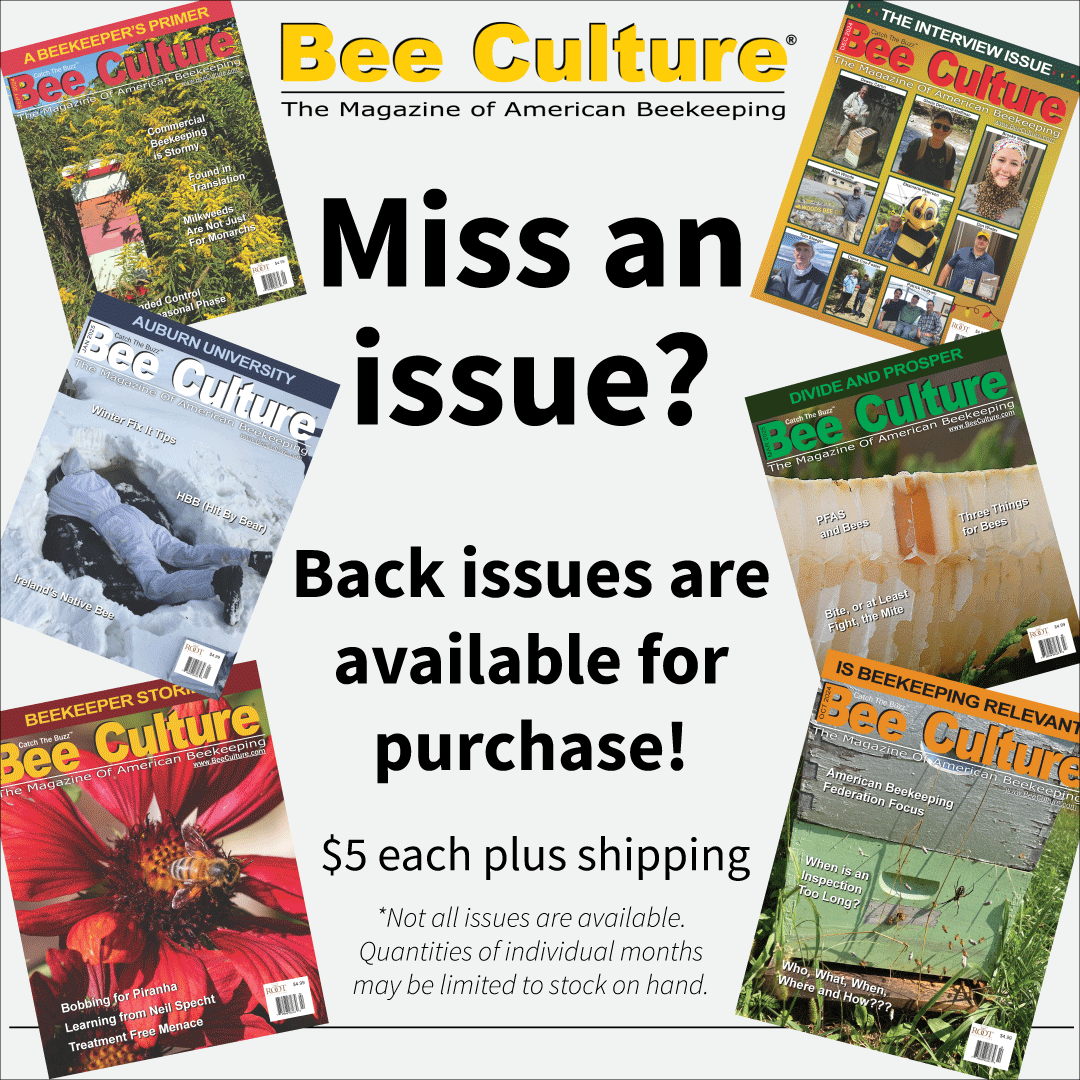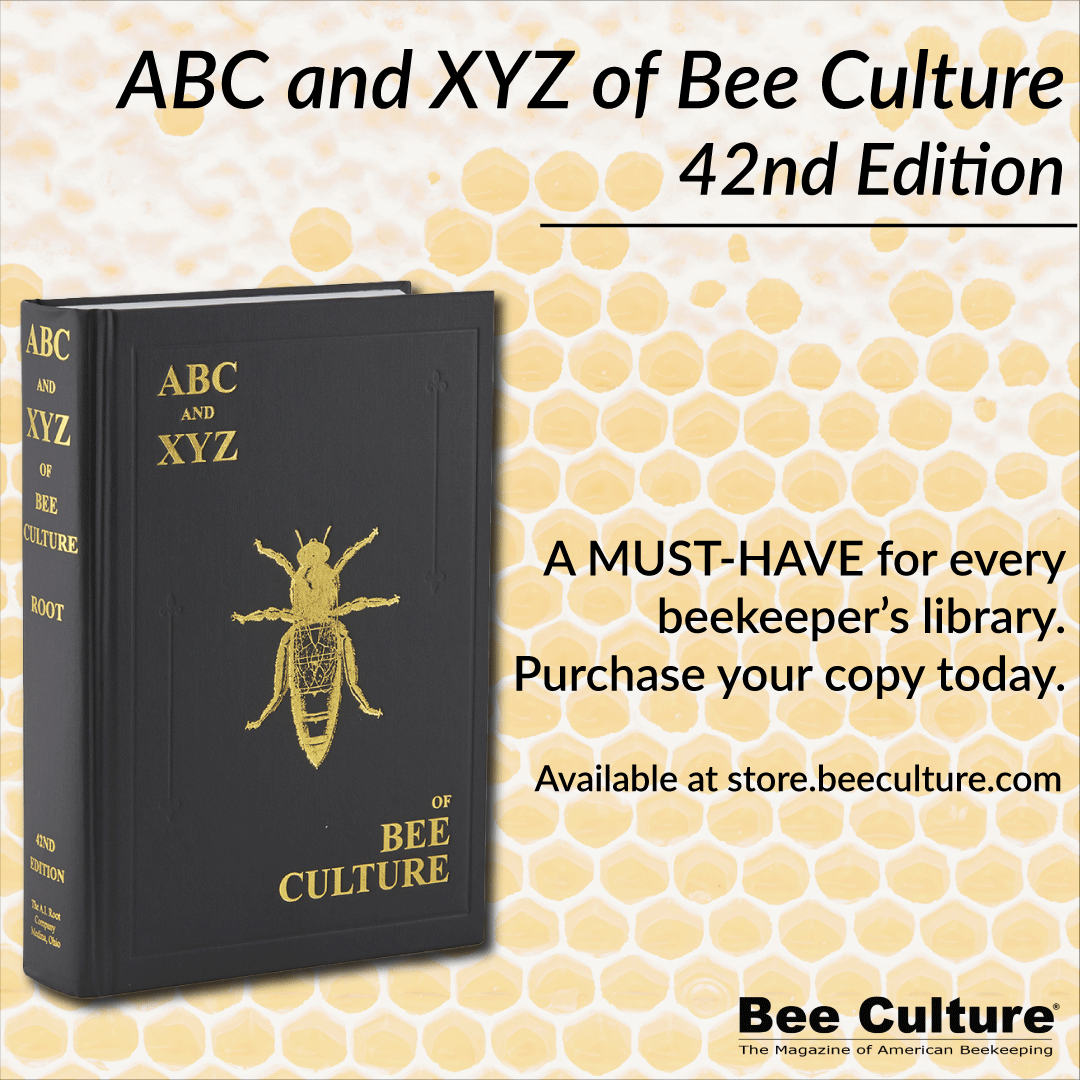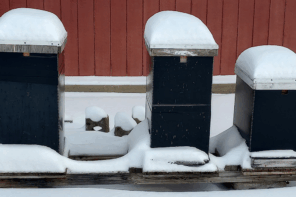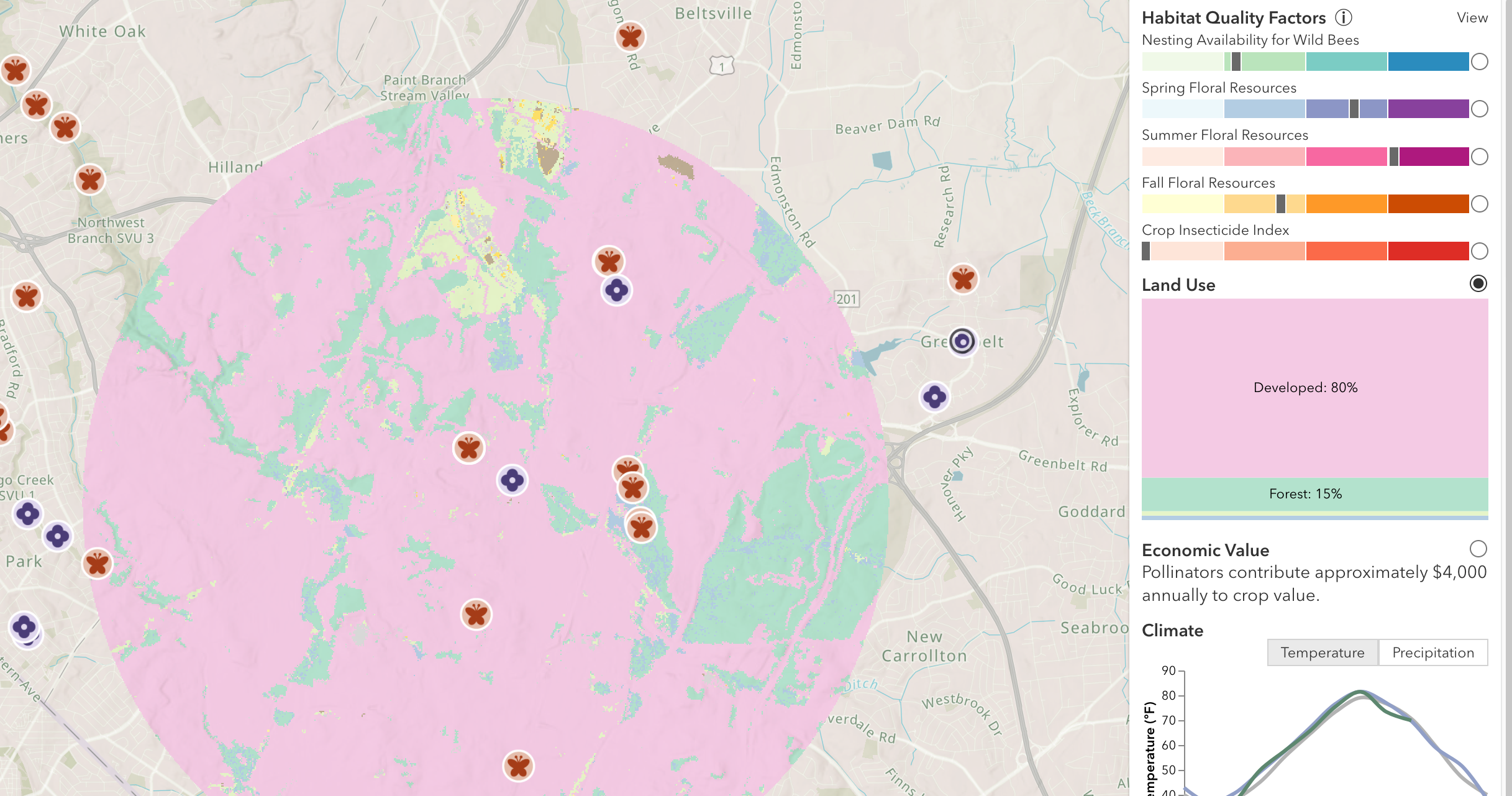By: Phil Craft
This article originally appeared in the Winter 2016 issue of BEEKeeping Your First Three Years
Q: How to get a hive ready for Winter, from a Minnesota beekeeper
This is my second year as a beekeeper. Last year the bees in my colony dwindled away by Fall and were gone! Like in the wind. I purchased a nuc this Spring, and tried again. So far, so good. Now September. I would really like to get these bees through the Winter. Any advice you can offer is appreciated.
A: Around this time of year, I am often asked to give talks on “Preparing Hives for Winter”.
I’m happy to oblige, though I prefer to call it “Helping Bees Get Ready for Winter”, since they are quite capable of making preparations on their own. Feral colonies do it all the time without human intervention. Still, feral colonies have a high mortality rate, and we should expect our bees to fare better with some assistance from us.
The factors which experts agree are critical to a colony’s surviving the Winter are:
• a strong population
• sufficient food stores.
• healthy bees (as disease and parasite free as possible)
• preparation of the hive itself
Paying attention to these things now will pay dividends in the Spring.
How many bees does it take? Obviously, conditions vary from region to region, but researchers from Minnesota to Florida recommend going into Winter with a minimum of about 25,000 bees. That is the equivalent of one deep box in which all frames are covered in bees. Smaller populations may be sufficient in the south – even in Kentucky I have successfully wintered five frame nucs – but it is more difficult and requires balancing food stores, bee populations, and hive construction. Further north, the operative term is minimum. The more bees the better. All colonies lose some bees during the Winter, and a population which is small in November may not survive until Spring. A large cluster is more effective at maintaining core temperature, and facilitates movement to honey stores. Beekeepers with multiple colonies often combine two weak hives, or a weak and a strong one, to optimize chances of winter survival.
How much food do they need? This too, varies with geography. The amount of stored honey (or sugar syrup) that a colony requires depends on where it is located. My hives in Kentucky need 50 to 60 pounds apiece. In Minnesota, where Winter is a much more serious proposition, it might take 100 pounds or more. It’s always best to check with beekeepers in your area or with your local apiary inspector for guidelines specific to your region. In order to gauge the amount in a hive, here are some approximate capacities of FULL frames of stored honey (sugar syrup is pretty much the same):
• 1 Deep Frame about 6 pounds
• 1 Shallow Frame about 2.5 pounds
• 10 Deep Frames about 60 plus pounds
• 10 Shallow Frames about 25 to 30 pounds
Most beekeepers use two deep brood boxes as hives, and bees tend to fill the top deep with honey as Fall progresses. It’s easy to see from the above figures that a colony in your area, even with a top deep full of food stores, will still need some in the bottom box to get through the Winter.
Your colony will need its Winter stores in place by the end of the Fall nectar flow, before the onset of cold weather. If you need to feed, that is the time to do it – not after the bees have formed their Winter cluster. For Fall feeding, use a thick syrup of 2 parts sugar to 1 part water, heated to make the sugar dissolve completely. In order to know whether a colony has sufficient stores, or is at least accumulating them, you MUST LOOK in your hives. As you do so, remember to check for stored pollen or signs its being brought in. Pollen is essential to brood rearing. Your bees in Minnesota won’t be doing any of that this Winter, but stores of pollen will give them a head start on the Spring build-up so there will be plenty of bees to collect early nectar. A number of protein supplements are available to augment natural pollen sources. These can be purchased as patties (placed on the top of the hive), or in the form of a powder, which can be made into patties or even fed dry. Bees will store some of the powder as well as using some immediately.
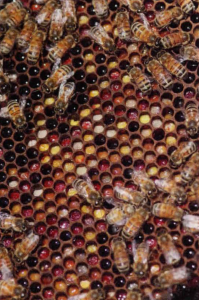 How can I tell if my colony is healthy? The best indication (other than a large number of bees in the hive) is that the colony is bringing in food stores and rearing brood. The presence of brood in all stages (eggs, larvae, and pupae) tells you that you have a queen and that she’s doing her job. It also means that the colony will have the young “Fall bees” which are so crucial for its Winter survival. These are the bees that will exceed the average workers’ six-week life expectancy and be there to start the colony’s build up in the Spring.
How can I tell if my colony is healthy? The best indication (other than a large number of bees in the hive) is that the colony is bringing in food stores and rearing brood. The presence of brood in all stages (eggs, larvae, and pupae) tells you that you have a queen and that she’s doing her job. It also means that the colony will have the young “Fall bees” which are so crucial for its Winter survival. These are the bees that will exceed the average workers’ six-week life expectancy and be there to start the colony’s build up in the Spring.
Just as they have for the last several decades, Varroa mites pose the greatest threat to the health of our honey bees. The best practice is to monitor for mites several times a year and treat as needed, but I realize that testing and evaluating the results can be a daunting task for new beekeepers. If you are already monitoring, on your own or with the help of a mentor, good for you. My advice to new beekeepers who don’t is to go ahead and treat for the first couple of years until they acquire the skill and confidence to monitor effectively. Most Winter losses are related to mites. In addition to the harm it inflicts directly, a heavy Varroa infestation can make it impossible for a colony to rear the brood it needs to survive the Winter. Mites are also vectors for several viruses which adversely affect a colony’s health. I recommend that new beekeepers treat annually in the late Summer or early Fall.
How do I prepare the hive? There are several steps you should take, one of which is to provide proper ventilation. That might seem counter intuitive. One would think that making hives as airtight as possible would protect colonies from Winter cold, but, in fact, can do the opposite. Like all animals, bees breathe and their respiration produces moisture. If the moisture has no way of escaping, bees become damp and vulnerable to chill. In nature, bee trees contain lots of natural openings. Some the bees fill with propolis, but others are left open on purpose to allow excess moisture to be vented away from the colony. Beekeepers can produce the same effect in their hives year around – to help lower the moisture content of honey in Summer, and to maintain a drier hive in Winter. It’s easy enough to do with slight modifications, mostly involving the lid. I use small sticks placed on the edge of one side of my inner cover to elevate one side of outer cover just slightly, allowing air to flow between them. Some beekeepers accomplish the same thing by cutting notches in inner covers. In areas with heavy snowfall, a little more may be required; ventilation at the top is even more critical when deep snow or a layer of ice seals the hive’s entrance. Northern beekeepers sometimes compensate by creating upper entrances, for instance by drilling ¾” holes in the top brood box.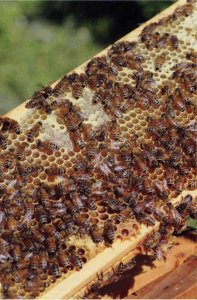
Another modification beekeepers should make in the Fall is to mouse-proof hives. Warm dry hives are highly desirable Winter quarters for mice. They squeeze through entrances and make nests in out of the way corners, destroying frames and comb, and sometimes dining on brood, bees and food stores. Bees tend to ignore them as long as nests are located away from the cluster. The problem is easily avoided by installing entrance reducers before the beginning of cold weather. I prefer the metal kind. They keep mice out as effectively as wooden ones, but the perforations allow more air movement through the hive.
The severity of Minnesota Winters could require additional preparations that are unnecessary further south. Bees in most of the country handle cold weather by forming a cluster and sharing body heat, which provides sufficient warmth. In the less temperate regions of Canada and the northern U.S., beekeepers sometimes wrap hives in tar paper, cardboard, or other material in order to reduce drafts and insulate them against the more extreme cold there. The simplest (though not the cheapest) option for a new beekeeper with one or two colonies is hive wrap from a beekeeping supplier. It is enough to protect one hive, comes with directions, and is designed for removal and re-use. The question of whether to wrap or not to wrap depends on specific circumstances (How sheltered are the hives?) as well as on regional climate. The best sources of advice will be your local apiary inspector and beekeeping association. Keep in mind that improper wrapping which eliminates ventilation can actually make things worse.
I’m so glad to get a question about Winter preparation in September. It’s frustrating, for them and for me, when beekeepers wait until cold weather is on the doorstep and it’s too late for any but emergency measures. There is no way to guarantee a colony’s Winter survival, but by taking a few steps now, you can give your bees the best possible chance. A quarter of all feral colonies die out in their first year. With our help, ours should have a much better success rate than that.

